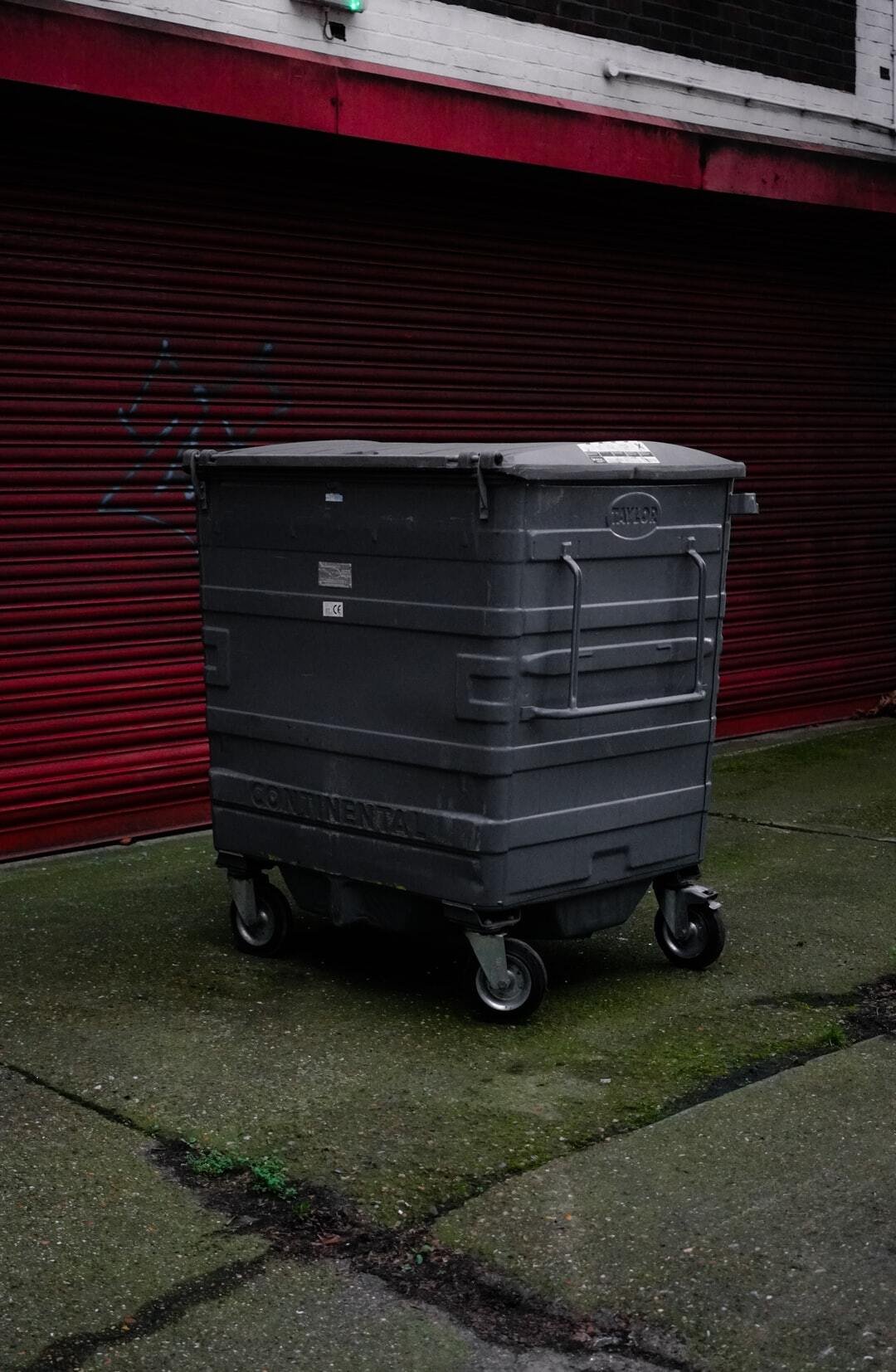Hazardous Waste Transportation and Land Disposal Services
By definition, hazardous wastes pose a substantial or potential threat to public health, safety, and the environment. In most cases, this means that the wastes must be transported in a safe manner and disposed of in a safe manner. Hazardous waste occurs in different forms such as solid, liquid, gaseous and radioactive waste.
There are many hazardous waste transportation variances based on type, destination, or size of the wastes. There are three primary categories of hazardous waste transportation: transport by truck, transport by plane, and transport by rail. Truck transportation is the most common form of hazardous waste transportation. Almost all companies involved in hazardous waste transportation transport require trucks for transporting hazardous waste. Most trucking companies also provide training for their employees on safe handling of the materials.
Air transportation is another form of hazardous waste transportation. There are laws in many countries that prohibit the transportation of certain toxic materials, although the use of planes to transport dangerous items is allowed. This is because most airlines have regulations that govern the transport of hazardous waste on board. Air transport is the most expensive means of hazardous waste transportation, however, because it requires the shipment of large volumes of toxic materials.
The transportation by water means the transport of hazardous waste through bodies of water such as oceans, rivers and lakes. It is a hazardous waste transportation if one of the two sources of toxic material poses a threat to public safety. One such source of toxic material is a facility where solid wastes are stored such as a landfill. Another is a facility where toxic materials are disposed of without undergoing any type of recycling. In these cases, the transportation of the wastes through bodies of water poses a grave threat not only to the marine life that lives along the shores but also to those living nearby such as coastal areas. Laws regulating the transportation of this toxic waste have been developed worldwide.
Another method of hazardous waste transportation is by using trucks to transport hazardous wastes. These trucks can be used for hazardous waste transportation on highways, railroads, and many others. However, there are limits placed on the size of the trucks that can be employed to transport hazardous wastes, so the rules for trucks that are used for hazardous waste transportation must follow safety standards set by the Environmental Protection Agency or EPA. The use of generators is another option for hazardous waste transportation. Generators are used to power large trucks that are used to transport hazardous wastes around the nation.
The EPA established regulations regarding the transportation of hazardous waste. These regulations are in place to ensure that the proper standards for safety are met and that the dangers these wastes pose to public safety are adequately protected. Because these laws are implemented by state governments, it is important for businesses to adhere to them in order to transport hazardous wastes safely. Businesses that violate these regulations can be subjected to stiff penalties. By following all the required guidelines for hazardous waste transportation, businesses can limit their chances of being fined or penalized. Find out more from this website!
Learn more here: https://en.wikipedia.org/wiki/Waste_management

